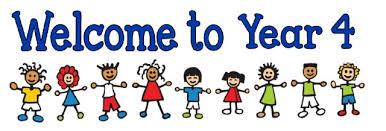
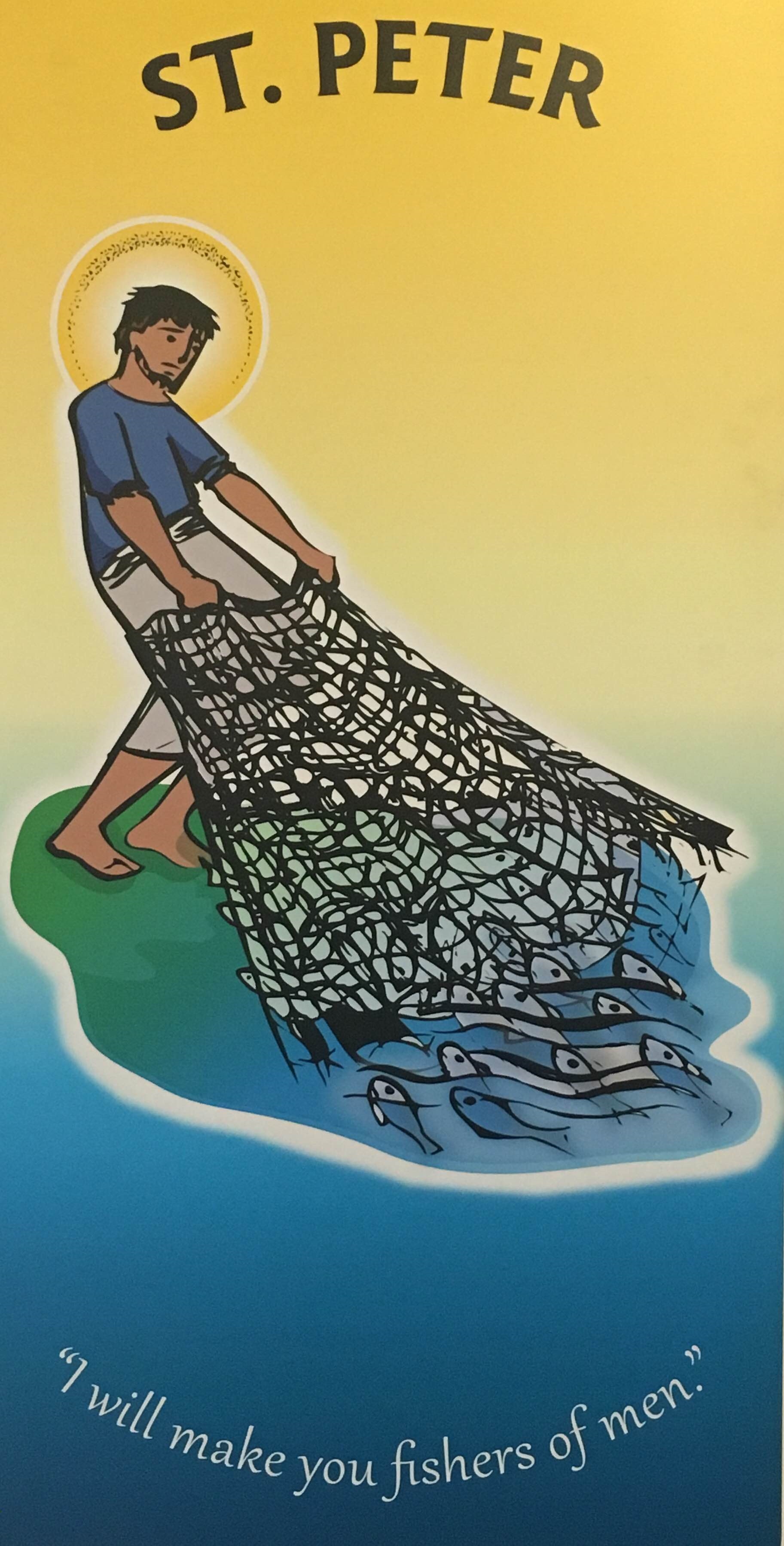
Feast Day: June 29
Peter, the first pope, was a fisherman from Galilee. Jesus invited Peter to follow him, saying: "I will make you a fisher of men." Peter was a simple, hard-working man. He was generous, honest and loved Jesus very much.This great apostle's name was Simon, but Jesus changed it to Peter, which means "rock." "You are Peter," Jesus said, "and on this rock I will build my Church." Peter was the chief or prince of the apostles. When the Roman soldiers arrested Jesus, Peter was afraid. In his fright he committed the sin of denying that he knew Jesus, three times. Peter was terrified that they would kill him too, but before Jesus died, Peter repented totally. He wept over his denials for the rest of his life and Jesus lovingly forgave Peter.
After the resurrection Jesus asked Peter three times: "Do you love me?" "Lord," Peter answered, "you know all things. You know that I love you." Jesus truly did know! Peter was so right. Jesus said kindly: "Feed my lambs. Feed my sheep." He was telling Peter to take care of his Church because he would be ascending into heaven. Jesus left Peter as the leader and head of His Church. Peter later went to Rome to live. Rome was the centre of the whole Roman Empire. Peter converted many nonbelievers there.
When the fierce torture of Christians began, they begged Peter to leave Rome and save himself. Peter started out and on the road and Jesus appeared to him. Peter asked him, "Lord, where are you going?" Jesus answered, "I am coming to be crucified a second time." Then St. Peter turned around and went back. He understood that this vision meant that he was meant to suffer and die for Jesus. Soon, he was taken prisoner and condemned to death. Because he was not a Roman citizen, he, like Jesus, could be crucified. This time he did not deny the Lord. This time he was ready to die for Jesus. Peter asked to be crucified with his head downward since he was not worthy to suffer as Jesus had. The Roman soldiers did not find this unusual because slaves were crucified upside down. St. Peter was martyred on Vatican Hill. It was around the year 67. Emperor Constantine built a large church over that sacred location in the fourth century.
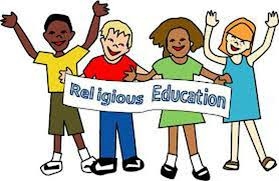
|
We will be following the units of work outlined in the new RED.
Unit 1: Creation and Covenant
Unit 2: Prophecy and Promise
Other faith: Judaism
CATHOLIC SOCIAL TEACHING
Unit 1: Care of creation
Unit 2: Preferential Option for the Poor
GOSPEL VALUES
Using the beatitudes as a base the children will be introduced to the catholic gospel values
MUSIC
The children will develop an appreciation for music across a variety of genre through listening.
|
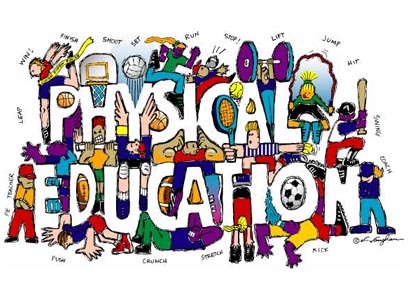
Lessons Planned and taught by External Sports Company Non-Stop Action.
(This will be taught by a tutor from the Non-Stop Action team)
Athletics – out door PE
Football and Tag Rugby:
Children will be developing skills in controlling and receiving as well as develop attacking tactics using a range of equipment and skills.
Gymnastics- Indoor PE

|
Focus around a classic text-
Guided/collaborative Reading Individual Reading
AF questions set in children’s reading records.
Children encouraged to complete the review, reflect, find and explain on selected texts read at home.
|
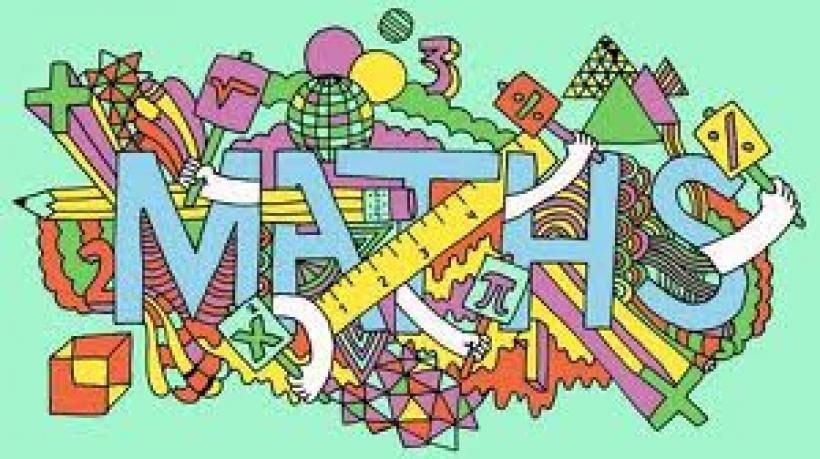
|
We follow the objectives of the national Curriculum 2014 using White Rose Maths
Topics covered this term:
-
Block 1- Place Value
-
Block 2- Addition and Subtraction
-
Block 3- Area
-
Block 4- Multiplication and Division(A)
In addition: Weekly multiplication tables practice and testing alongside mental math practice.
|
.png)
The Stone Age and Early Civilisations
|
(Cross curricular links included in other subject areas)
In this unit children will find out about the way of life of people living in The Stone Age from archaeological discoveries. Children will develop their understanding of characteristic features of a society; identify the different ways the past is represented; and use sources of information to make simple observations, inferences and deductions.
Children will learn about how people used to live, what people used to eat and what kind of works the used to do during the Stone Age, both ancient and modern and how they have changed over time.
|

Big Writing
Fiction and Non-fiction
-
Planning and writing stories
-
Character descriptions
-
Settings
-
Story openings
-
Diary entries
-
Letters
-
Various writing tasks linked to whole class reading
-
Stories from other cultures
-
Traditional stories
-
Adventure Stories
-
Fables
-
Explanations
-
Instructions
-
Information Text
-
Newspaper recount
Handwriting practice
-
Focus on correct letter formation towards developing a clear and fluid cursive script.
Spelling and Punctuation:
-
Weekly spelling homework and tests, ongoing consolidation and revision of punctuation
Daily comprehension tasks as part of the Literacy lesson.
Children are taught the skills of skimming and scanning text to look for key information.
This is used to develop their skills of inference and deduction in order to answer questions


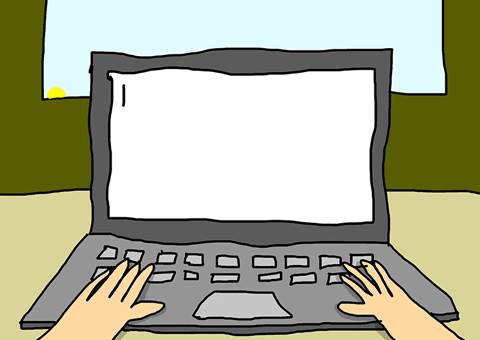
Word Processing
|
The children will be consolidating their skills using different word-processing tools.
-
Revise keyboard layout and specific skills
-
Learn how to cut and paste an image onto a Word document
-
Produce selected pieces of writing using word processing skills.
|
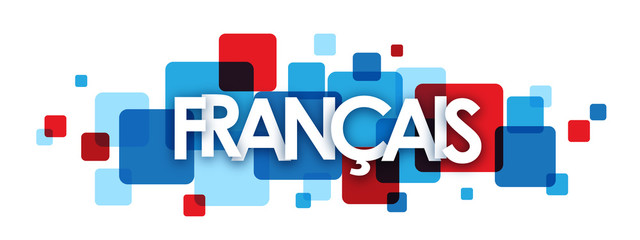
In Year 4, the children will continue to develop their skills in the acquisition of the French language building upon what was previously taught in Year 3. Children will be taught by a specialist French teacher Mrs Ramdarshan.
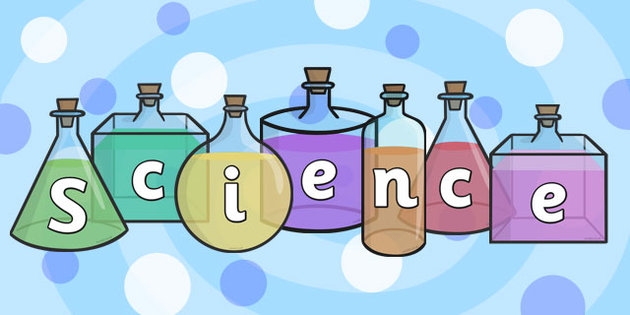
|
Autumn 1 topic:
Electricity
-
To identify common appliances that run on electricity
-
To construct a simple series electrical circuit, identifying and naming its basic parts, including cells, wires, bulbs, switches and buzzers
-
To identify whether or not a lamp will light in a simple series circuit, based on whether or not the lamp is part of a complete loop with a battery
-
To recognise that a switch opens and closes a circuit and associate this with whether or not a lamp lights in a simple series circuit
-
To recognise some common conductors and insulators, and associate metals with being good conductors.
Autumn 2 topic:
States of matter
-
To compare and group materials together, according to whether they are solids, liquids or gases.
-
To observe that some materials will change state when they are heated and cooled.
-
To measure or research the temperature at which this happens in degrees Celsius.
-
To identify the part played by evaporation and condensation in the water cycle and associate the rate of evaporation with temperature.
Scientific Enquiry focus:
-
Measuring temperatures
-
Planning a fair test
-
Drawing conclusions, comparing and explaining conclusions
-
Collecting and presenting evidence
|

|
Making Torches
(Cross curricular link to science with the topic of Electricity)
Children will construct and design their own torches.
Mesolithic Homes
(Cross curricular link to the History topic of the Stone Age)
The children will investigate and construct different types of houses during the Stone Age. They will create following a design brief a house found during the Stone Age Period.
|
|
We will follow the Life to the Full programme.
Each module of work begins with a session on Religious understanding.
Module 1:
-
About their bodies
-
Emotional well-being
-
Life cycles
|